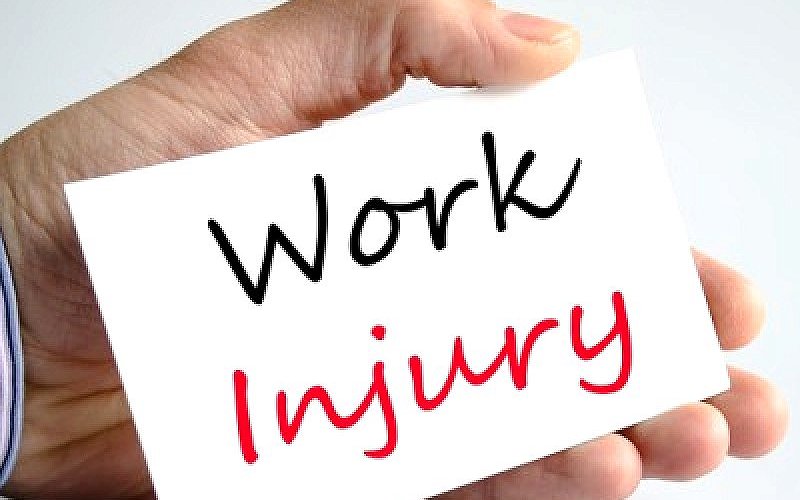Introduction
The Protection from Harassment Act (POHA), which entered into force in November 2014, seeks to protect people from being targets of harassment or stalking, whether online or in real life. POHA has been an important legislative tool in protecting victims of harassment by giving them effective redress.
However, the enactment of this legislation has been accompanied by a rise in the number of workplace harassment incidents in Singapore. Hence, Human Resource departments now face increasingly common and complex cases of workplace harassment. When exactly do our actions cross the line and amount to harassment? Consider the following scenarios:
- If an employee makes a racial slur, insult or joke against a foreign employee in the workplace, would it amount to racial discrimination or harassment?
- If a female employee posts comments about her male colleague on a widely accessible social media platform and inadvertently causes her colleague distress, would it amount to personal harassment?
- If a male manager promises his female subordinate a promotion in exchange for romantic services, but she was subsequently not promoted, would it amount to quid pro quo sexual harassment?
- If a male employee follows his colleague after work every day, would it amount to unlawful stalking?
These scenarios require HR departments to effectively handle complaints of varying kinds of harassment. HR departments may only do so with a sound understanding of the laws and policies pertaining to workplace harassment. Consider the following questions raised by various HR practitioners:
- When should a HR practitioner advise an employee to report a complaint of harassment to the police instead of handling the complaint internally within the company?
- When can individuals and their companies be held liable for harassment-related offences?
- Can company leaders (directors and CEOs) be prosecuted for workplace safety lapses involving workplace harassment?
- When can victims of workplace harassment claim compensation against their harasser? When can victims of workplace harassment apply for Protection Orders to prevent their harasser from continuing their unwanted behaviour or communication?
In this workshop on preventing and managing workplace harassment, sample HR policies and procedures will be given.
Learning Objectives
- Introduction
- Objective of workplace harassment policy
- Background to statutes governing harassment
- What amounts to harassment? – Statutes governing harassment
- Protection from Harassment Act
- Penal Code
- Workplace Safety and Health Act
- Mens Reus and Actus Rea, Elements of crime.
- Legal remedies for workplace harassment
- Common kinds or types of workplace harassment
- Risk factors of workplace harassment
- Consequences of workplace harassment
- Tripartite advisory on managing workplace harassment
- Role of TAFEP in workplace harassment
- HR policies and procedures to prevent and manage workplace harassment
Course Outline
A competent HR practitioner must have the knowledge and skills in relation to the following questions and topics:
Is there workplace harassment in Singapore?
- Measuring workplace harassment in the workplace
- Cases of workplace harassment and actions taken
Background to statues governing workplace harassment
- Is there a need for statutory laws to govern workplace harassment?
- Protection from Harassment Act (POHA)
- Penal Code (PC)
- Workplace Safety and Health Act (WSHA)
- What are the roles of TAFEP as far as workplace harassment is concerned.
What amounts to workplace harassment under the law and what are the offences under POHA
- List of Codes
- Harassment, alarm or distress
- Fear, provocation or facilitation of violence
- Unlawful stalking
- What are the definitions of alarm, distress, provocation, facilitation, and unlawful stalking?
- Can an employer be taken to task for not providing a safe place of work for employees?
- Does the employer owe the duty of care to report to the authorities on workplace harassment (such as sexual harassment)?
Legal remedies for harassment
- Protection Orders
- Expedite Protection Orders
- Claim for damages (financial compensation) for damages suffered
- Arrestable offences
- Should a victim pursue civil remedies or criminal punishment against a harasser?
Common kinds of workplace harassment
- Discriminatory Harassment
- Bullying
- Workplace Violence or Physical Harassment
- Online Harassment
- Retaliatory Harassment
- Hostile Sexual Harassment
- Quid Pro Quo Sexual Harassment
- Third-Party Harassment
Risk factors for workplace harassment
- Workforce with highly homogenous or similar employees, with a small minority of different employees
- Workforce where some employees do not conform to cultural norms
- Workplaces with significant disparities in power and value of employees
- Language and cultural differences between employees
- Companies reliant on the satisfaction of employees or customer service
- Remote working environments
- Workplaces that encourage or tolerate alcohol consumption
Consequences of workplace harassment
- Health risks to employees who are victims of harassment
- Negative effect on job performance
- Hostile work environment
- Reputational and financial costs to the company
- Can employee pursue legal action against the employer for not taking actions against the harasser?
Tripartite Advisory on managing workplace harassment
- The tripartite members
- Core values
- How should employers manage workplace harassment
- What can employers do?
- What affected employees can do?
HR Policies to prevent & managing harassment
- Zero Tolerance
- Leadership commitment
- Everyone has a part to play
- Holistic management
- Early prevention
- Confidentiality
- Neutrality
- Non-retaliation
- Accountability
Managing Workplace Harassment
- Conducting confidential survey of harassment in workplace
- Educating employees on workplace harassment
- Training employees to intervene if they see ongoing harassment
- Is it compulsory to have a workplace harassment policy?
- Do employers owe the duty of care to brief their employees about workplaceharassment at the workplace?
- What is the scope of an employer’s duty of care to their employee?
Methodologies
Lecture and case study.
Who Should Attend
Human Resource practitioners, Industrial Relations practitioners, Line Managers/Executives and any other persons interested in grasping a good understanding of the laws, regulations and preventive policies pertaining to workplace harassment in Singapore.
Workshop Registration
Please visit this page to register.




